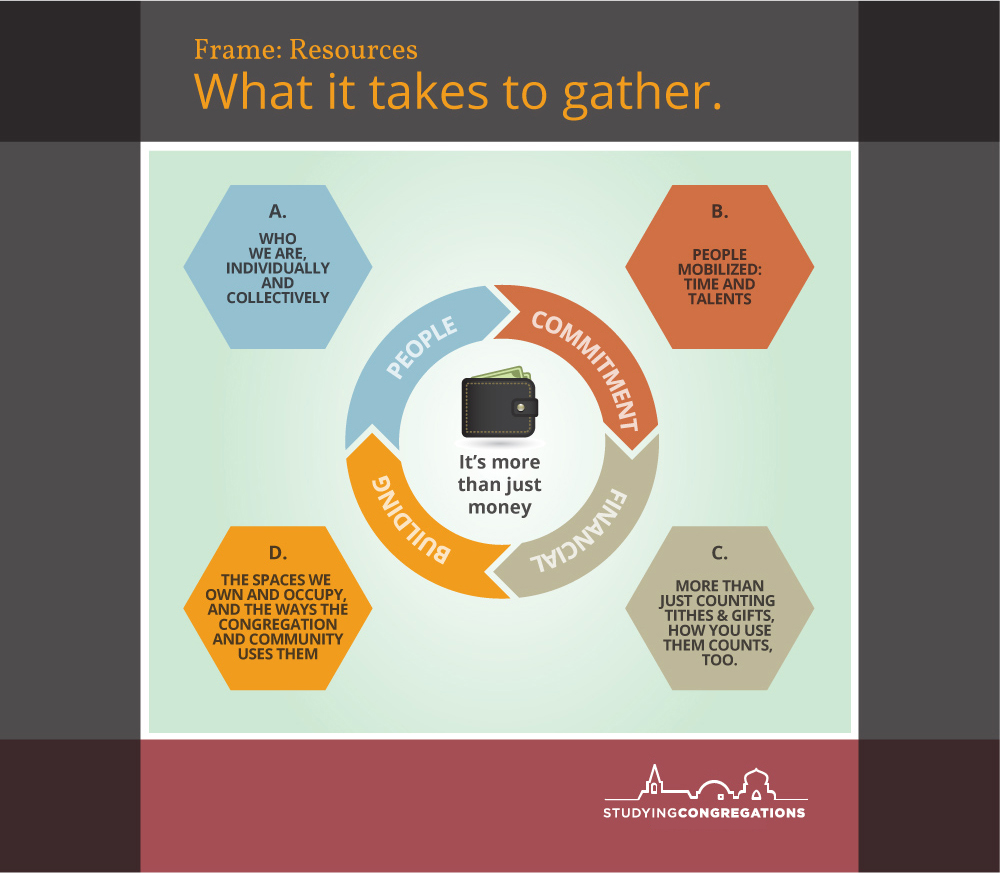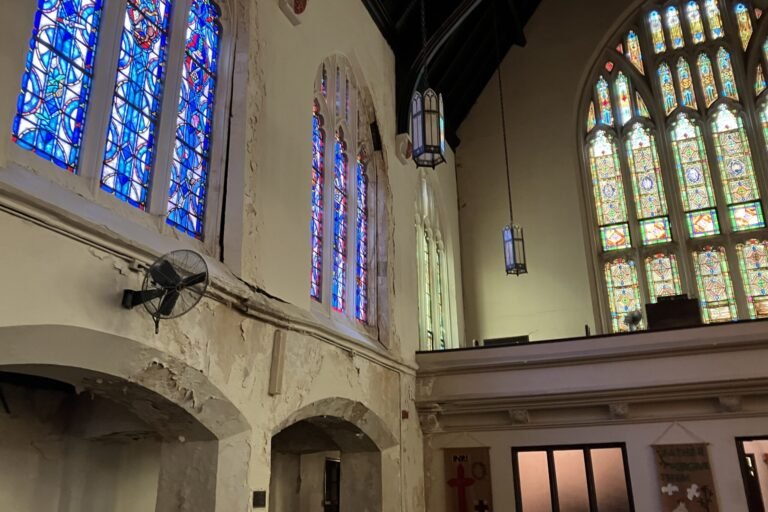
(A) People.
The most important resource of any congregation is its people. No people, no congregation! Yet, many congregations struggle to mobilize participants. People volunteering, their gifts/talents, relationships and shared experiences, members and non-members are all resources for the congregation.
(B) Commitment.
When they are mobilized, people are committed. Commitment though comes in many forms: worship attendance, volunteering, giving of financial resources, participating in small groups, community outreach, political organizing, etc. All these are ways people in congregations express their commitment.
(C) Financial.
The most obvious resources are likely financial ones. Participants in religious congregations donate a staggering about of money each year. And it’s a good thing because its takes a significant amount of money to keep a congregation going. Financial resources include offerings, endowments, legacy gifts, and other investments. Research shows that most congregations have a very hard time talking openly about money. This makes the task of resourcing a congregation quite challenging.
(D) Building.
If finances are the most obvious resource of a congregation, often the most under utilized one is a congregation’s building or physical space. Many congregations use their buildings only a few times a week. This has led many congregations to explore new ways of gathering in non-traditional spaces (e.g. coffee shops and pubs), online gatherings and shared spaces within the community.
Asking Quetions
Even though it’s hard to talk honestly about money and resources, sitting down and asking questions is a good place to start.
Survey Says!
When it comes to identifying the resources of a congregation, especially beyond just money, a survey of the participants can be very helpful.
Who’s Out There
When the community changes, it’s likely to have an impact on a congregation and it’s resources. After all, resources are all about people.


